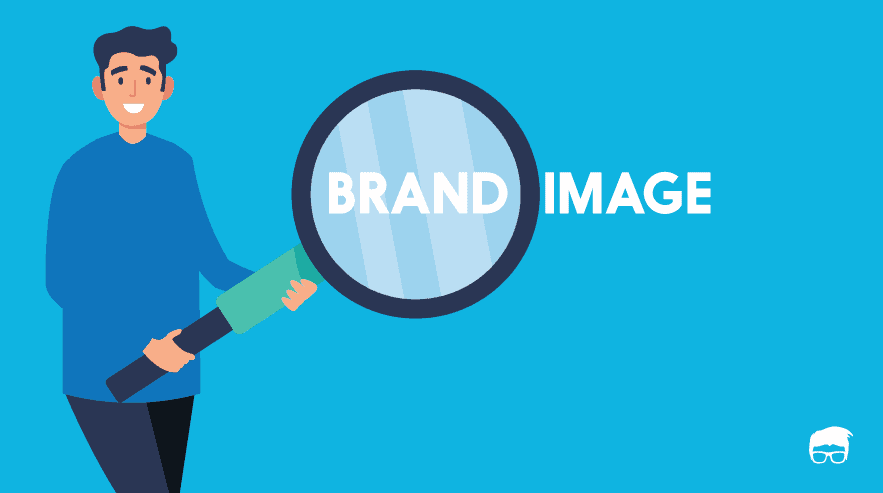Ever wondered what phenomenon results in you thinking of Coke or Pepsi whenever you are asked which soft drink you’d want?
What makes that one brand to flood your thoughts whenever someone asks you an unprompted question about its category or niche?
This is brand awareness and no, it isn’t created automatically.
Companies spend millions to embed their brands in the customers’ minds. Many have even been successful in becoming a verb in our daily vocabulary. We don’t book a taxi; we book an Uber. Don’t believe us on this? Google it to find out.
Brand awareness is the first step to positioning your brand. It’s a continuous process which not only helps in getting more customers but also brings back existing customers to buy more.
Here’s a guide to help you understand what brand awareness really is, what are its types, and how you can measure and increase it.
What Is Brand Awareness?
Brand awareness is the extent to which a brand is recognised by the target group and is associated with a product or product category.
It’s the customer consciousness of the brand when he–
- Witnesses the brand along with other brands while shopping,
- Talks to his friends regarding the product category,
- Reads or hears the brand’s ad,
- Reads or hears about the brand’s news, etc.
- Buys the brand’s products,
- Has other encounters with the brand or the product category.
Brand awareness is the first stage to strategically influence the customer’s decision-making process. Companies spend millions just to make their customers aware of their brands.
But, it’s still a metric that can’t be perfectly measured, and having awareness doesn’t always mean that people will buy your brand’s products. Nevertheless, brand awareness holds a lot of importance for companies, especially new ones.
Why Is Brand Awareness Important?
It is a proven fact that customers prefer known brands over unknown ones. Brand awareness is that first step to make the brand known. But the importance of brand awareness doesn’t end there. It is like a diamond, the more you polish, the more it’ll shine.
It Creates Perception
Brand awareness spreads through channels like referrals, PR, news, social media, etc. If it goes as planned by the company, it creates a positive perception in the minds of the customers.
Suppose a friend told you about a Japanese restaurant where he had a wonderful experience. Even if you don’t go to the restaurant, there are chances you’ll recommend it positively to anyone who takes your suggestions on Japanese restaurants.
It Fosters Trust
Brand awareness fosters trust. When you see people interacting with a brand and having a good experience, it builds your trust in that brand even if you haven’t tried it yet.
Suppose you visit a third world country and encounter three different restaurants; two being local restaurants and one being McDonald’s. There’s a high possibility that you’ll go for McDonald’s even if you haven’t eaten there in your country. It’s just because you know about the brand and trust its hygiene practices.
It Creates A Network
If planned well, awareness spreads like wildfire. The brand becomes a topic of discussion and it creates a network which can be used to further spread the information.
For example, TikTok never advertised itself. Its users spread awareness through its videos and through word-of-mouth as well.
It Creates Association
When done right, brand awareness results in an association. This association comes in two types –
- where people think of the brand when they encounter the product category.
- where they use the brand name to convey the product category.
While the second feat is really hard to achieve, many companies like Google, Xerox, Band-Aid, etc. have been successful in achieving it.
It Builds Brand Equity
The more people are aware of a brand, the more valuable it becomes. This is the concept behind brand equity. Brand equity is the value of the brand as a separate asset. It makes a generic offering to stand out just because it is offered by a certain brand.
Brand awareness builds the perceived value of the brand.
Types Of Brand Awareness
Brand awareness can be categorized into three types depending upon the perceived importance of the brand by the target group.
Knowing about the types of brand awareness is of utmost importance for marketers as the current and future marketing strategies are designed according to the current awareness of the brand among its target market.
The three types of brand awareness are –
- Brand Recognition: Brand recognition is when the customer can recognise the brand and differentiate it from other brands when he comes into contact with it. This type of brand awareness doesn’t require the customer to recall the name. It just focuses on whether the customer can recognise it when it is presented at the point-of-sale or when he witnesses the visual packaging.
- Brand Recall: Brand recall is a spontaneous recall of the brand from memory when the customer is prompted by the product category. Most users can’t recall more than 3-5 brand names. It is affected by both individual and brand factors like education level, usage, marketing strategies used by the company, etc. These brands form a part of the evoked set of the customer.
- Top-Of-Mind Awareness: Top-of-mind awareness is a set of 3 brands which the customer always purchases. This is the consideration set of the customer. Getting the brand into this consideration set is the ultimate goal of every marketer.
How To Build (And Increase) Brand Awareness
Brand awareness is built by establishing a relationship with the customer where his interests are put on the top. Focus your brand awareness strategy in a way where your offering fulfils his needs without much of an effort from his side.
Focus On The Product
A strong brand awareness strategy revolves around a strong product. Make sure you are fulfilling your customers’ needs without him putting much of an effort.
Focus on creating a value proposition that’s unique, attractive, and is something that forces the customer to share voluntarily.
Whatsapp, for example, built a free instant messaging application in 2009 when most of the target audience used to communicate through paid text messages. This free IM made them share the product with all of their friends without WhatsApp forcing them to.
Focus On The Positioning And Personality
Positioning matters. Different brands use smart positioning strategies to increase their brand awareness. They might position themselves as a premium product in a market full of daily-use products, or an economic product in the market full of premium products.
Look for a desirable but unexplored positioning which could be capitalized to increase your brand awareness.
A perfect example of building brand awareness with the help of positioning and personality is Apple. The company positioned itself as the most premium brand anyone can opt for in the smartphone industry. This created a cult following which acted as evangelists of the brand and spread the brand message.
Provide Something For Free (But Keep It Limited)
Free spreads like wildfire. It isn’t just an indicator of price. It’s a very powerful emotional trigger that’s often so irresistible that it makes people try anything that’s offered at no cost, no matter if they want it or not.
Offering something for free is one of the best ways to increase brand awareness. But, when it’s mixed with the scarcity principle, the impact doubles. Provide something for free but keep it limited to increase the impact as it creates a sense of urgency and makes your customers think your offering to be more valuable than the one which is in abundance.
App sumo became a multi-million-dollar startup just by capitalizing on these two strategies.
Partner With Famous Brands
A good way to establish brand awareness is to let other famous brands talk about you to their audience. Partner with established brands; by brands we mean companies, influencers, celebrities, etc. who have good followership.
Facebook used this strategy and partnered with many niche influencers to increase the awareness of its recently launched product – Facebook Watch.
Use Social Media (a lot)
It’s hard for your target audience to get to know you unless you meet them where they are. Use social media and capitalize on the trends to establish an image among your target audience.
Behave like a person and not a robot, create posts which your users like to see and interact with, offer them rewards for sharing, and use social media to spread your brand message.
Durex is a perfect example of a company which uses social media to increase its brand awareness.
Use A Mix Of Inbound & Outbound Marketing
No doubt, advertising is a really good way to increase the awareness of the brand. However, it is a push technique and not everyone forms a positive perspective of the brand because of the advertisements and other forms of outbound marketing.
This is where inbound marketing steps in. Inbound Marketing is a pull marketing technique which uses non-intrusive and targeted strategies like content marketing, social media marketing, event marketing, and search engine optimization etc. to create brand awareness, attract potential clients, and convert them into leads and actual customers.
Use a mix of inbound and outbound marketing to get the best results. Running ads while having a blog which focuses on search engine traffic could be a great strategy to start with.
There are times when you can leave the awareness job to your existing customers. Just look into their habits and capitalize on what they need. Many eCommerce applications have a handy ‘share this product with friends’ or ‘ask for a recommendation from friends’ options which lets their customers share the products they are interested in. This, in turn, increases brand awareness as more people get to know about your offerings from the people they trust in.
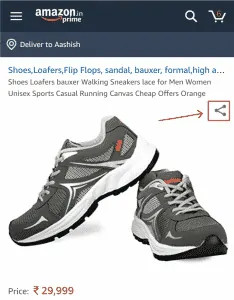
Give Incentive To Spread The Brand
Starting a referral program or investing in an affiliate strategy is a good idea most of the times. Such strategies delegate the work of spreading brand awareness to other people usually at a lower cost than it would have incurred if you would have done it yourself. Moreover, referrals have more convincing power than your advertisements.
Set up an enticing referral program where your existing customers get something of value when they refer your brand or product to someone else. Similarly, providing good commission rates attract many talented affiliates who have good followership.
Besides this, other incentives like offering a no-ad version if the user shares the brand, giving him extra lives in a game, and providing special discounts if he gets more users on board, etc. can also be used to increase brand awareness.
How To Measure Brand Awareness
As we mentioned before, brand awareness cannot be fully measured. But you can still review the activities and collect some data to support your strategies and form new ones. Here are a few ways to measure if your brand awareness strategies are working or not.
Surveys
The best way to measure your brand awareness is to reach out to the target group and ask questions about your brand. You can either outsource it to the expert or conduct it yourself either through direct contact or with the help of online tools like SurveyMonkey, Google Forms, etc.
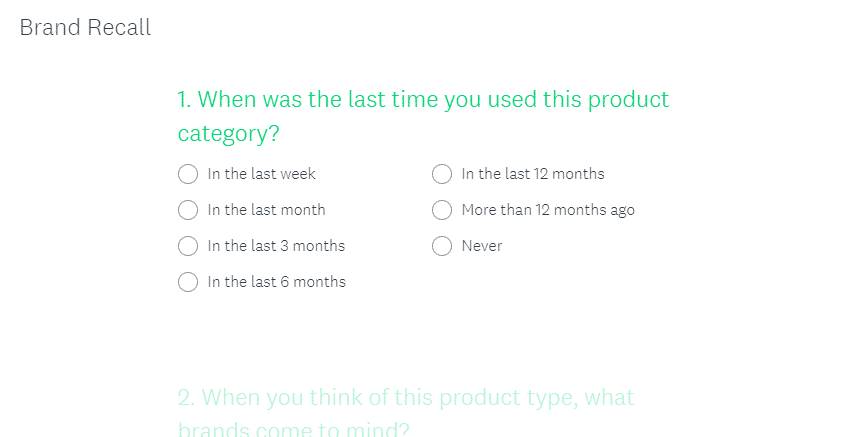
Traffic & Analytics
Traffic can be a great measure of brand awareness. Use analytics to find out where do you get the most traffic from. Your brand awareness strategies are considered to be working well if you get most of your traffic either directly (people typing your URL and visiting your website), through referrals (other websites mentioning your brand and/or linking to you), or through social shares (Facebook, Twitter, Pinterest, etc.).
Use tools like Google Analytics, Semrush, Ahrefs, etc. to analyse your progress.

Google Alerts
Google alerts is a good way to get notified whenever someone mentions your brand. It is a free brand awareness measurement tool which emails you every time your brand name gets mentioned on a website.
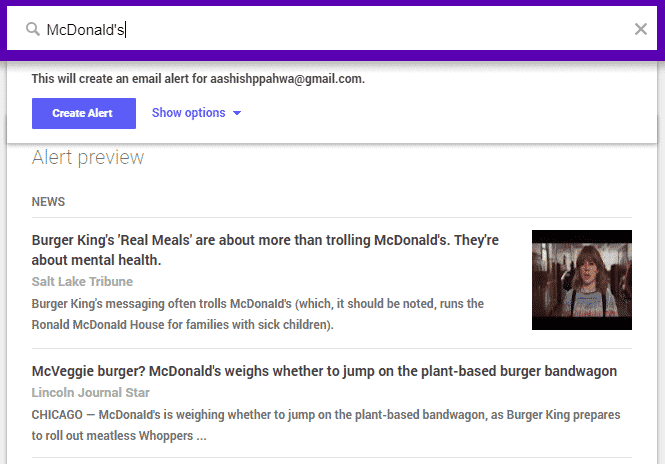
Organic social mentions and shares are also a good measure of awareness. Many tools like Buzzsumo, Twitcount, etc. can help you measure social mentions and shares.
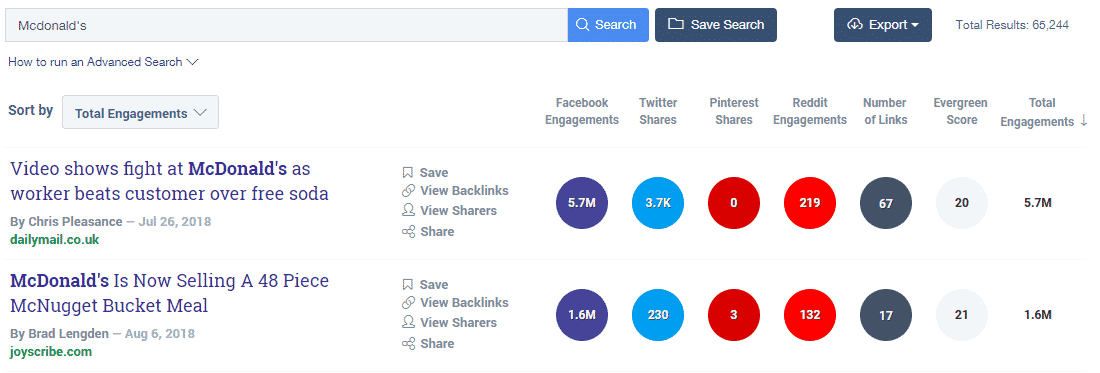
Social Engagement
An organic increase in the number of social media followers is also a result of good brand awareness. It is a reflection of how many people are aware of the brand and want to socialize with it.

Earned Media Analysis
Earned media is essentially word of mouth and promotion of the brand done voluntarily by third parties like news channels, influencers, people belonging to the target group, and others.
A good public relations company can help you in capitalizing on and measuring brand awareness through earned media.

Brand Awareness Examples
Here are two companies which use creative means to build and increase their brand awareness.
Burger King
The company has started capitalizing on the never-lasting Burger King vs McDonald’s war to increase its brand awareness. It recently launched an ‘unhappy meal’ to poke fun at McDonald’s happy meal and to contribute to the mental health awareness month.
Durex
Durex steals the show when it comes to raising awareness through social media. The company capitalizes on the present trends and creates shareable creatives which the target audience love to interact with.
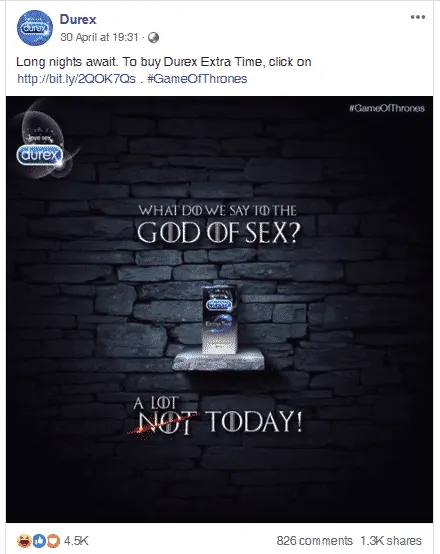
Go On, Tell Us What You Think!
Did we miss something? Come on! Tell us what you think of our article in the comments section
A startup consultant, digital marketer, traveller, and philomath. Aashish has worked with over 20 startups and successfully helped them ideate, raise money, and succeed. When not working, he can be found hiking, camping, and stargazing.
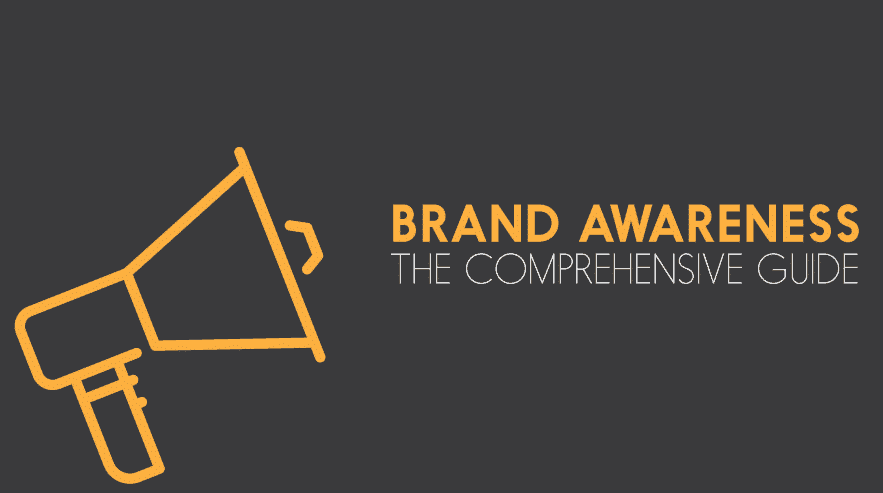
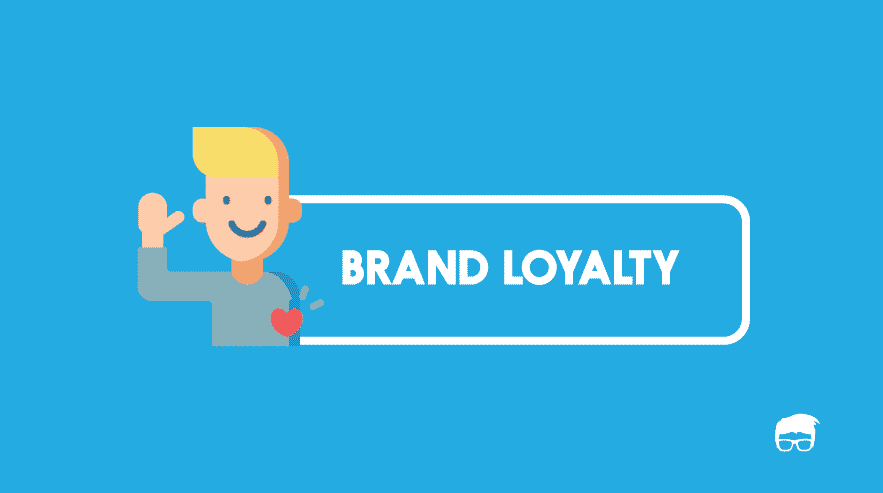

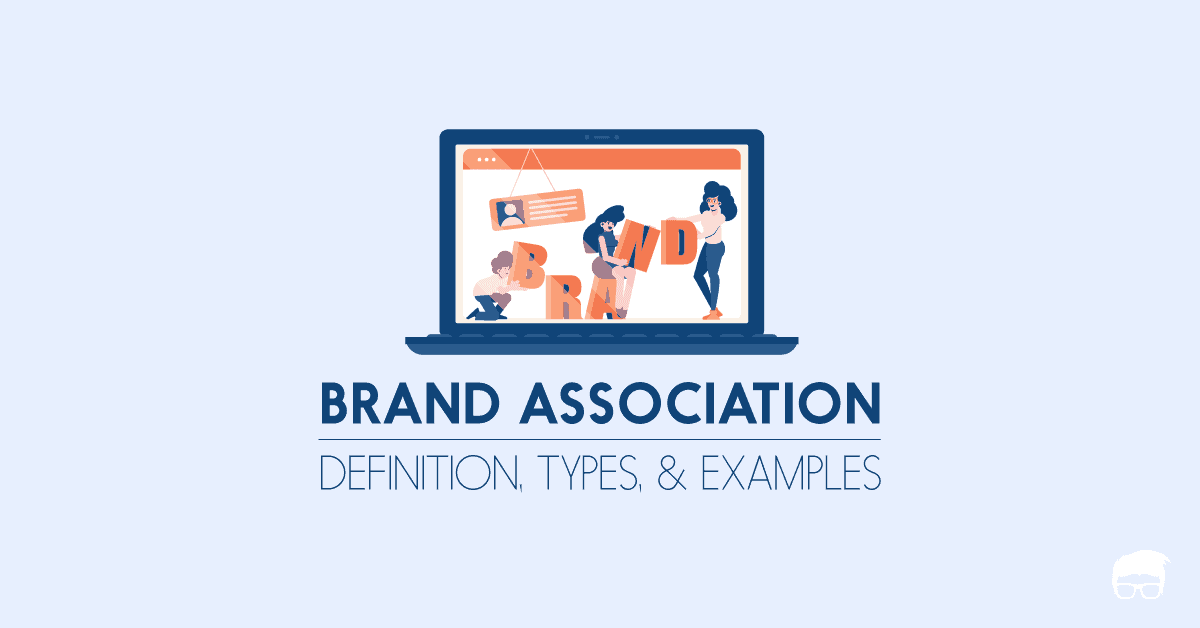
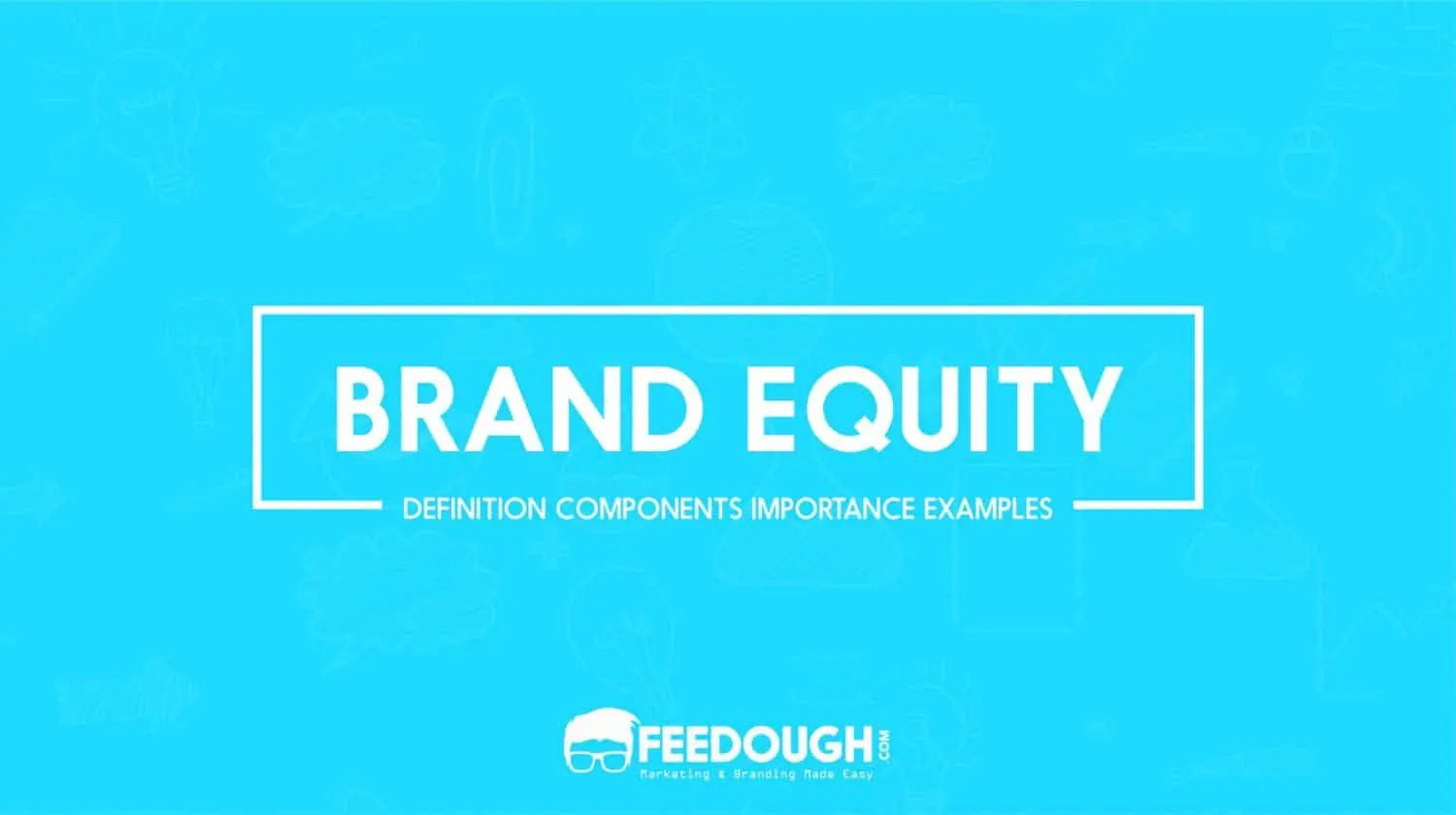
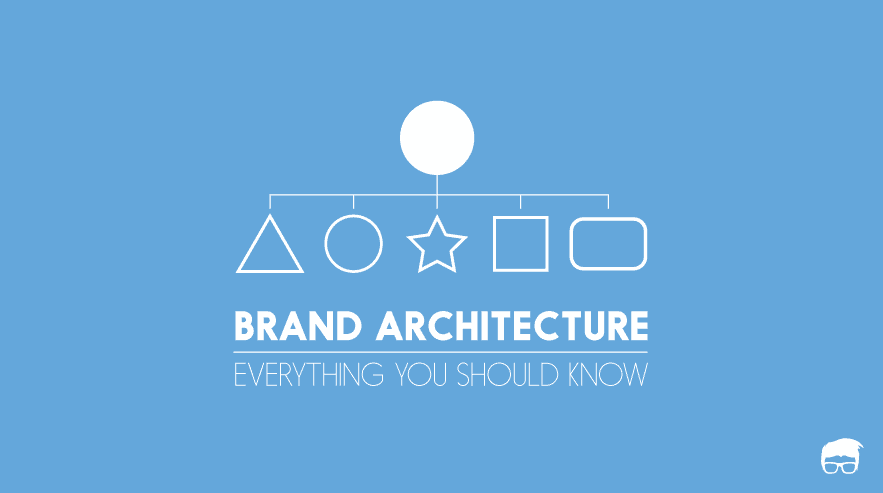
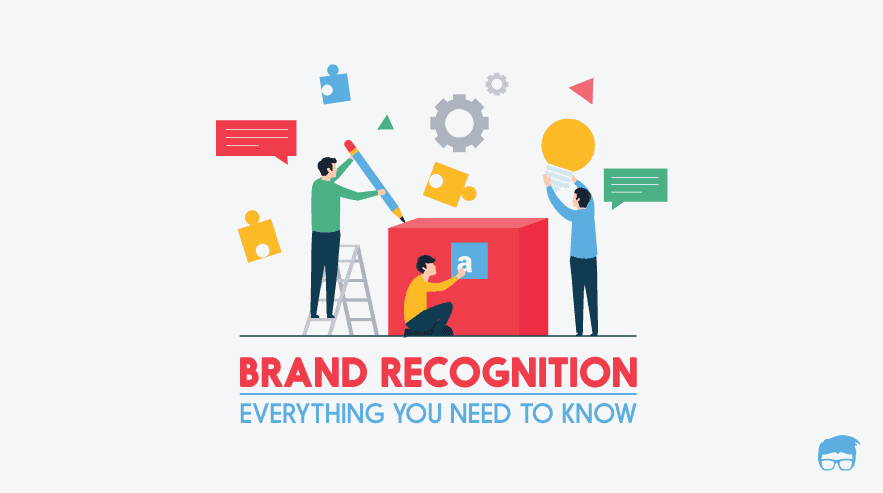
![What Is Brand Strategy & How To Develop One? [Ultimate Guide] BRAND STRATEGY](https://www.feedough.com/wp-content/uploads/2019/11/BRAND-STRATEGY.webp)
